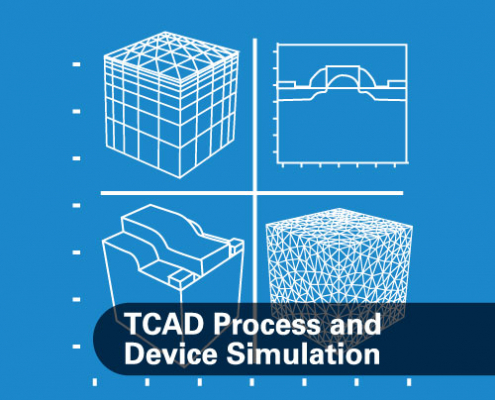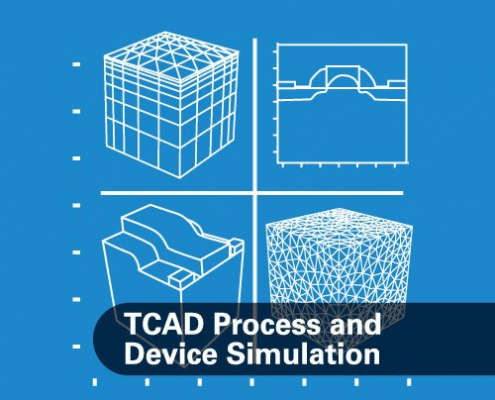 /wp-content/uploads/2019/11/silvaco-logo.png
0
0
Erick Castellon
/wp-content/uploads/2019/11/silvaco-logo.png
Erick Castellon2020-02-26 17:54:392020-02-26 17:54:39SOI Technology
/wp-content/uploads/2019/11/silvaco-logo.png
0
0
Erick Castellon
/wp-content/uploads/2019/11/silvaco-logo.png
Erick Castellon2020-02-26 17:54:392020-02-26 17:54:39SOI Technology /wp-content/uploads/2019/11/silvaco-logo.png
0
0
Erick Castellon
/wp-content/uploads/2019/11/silvaco-logo.png
Erick Castellon2020-02-26 17:52:492020-02-26 17:52:49TFT Technology
/wp-content/uploads/2019/11/silvaco-logo.png
0
0
Erick Castellon
/wp-content/uploads/2019/11/silvaco-logo.png
Erick Castellon2020-02-26 17:52:492020-02-26 17:52:49TFT Technology /wp-content/uploads/2019/11/silvaco-logo.png
0
0
Erick Castellon
/wp-content/uploads/2019/11/silvaco-logo.png
Erick Castellon2020-02-26 02:17:032020-02-26 02:17:03Compound Devices
/wp-content/uploads/2019/11/silvaco-logo.png
0
0
Erick Castellon
/wp-content/uploads/2019/11/silvaco-logo.png
Erick Castellon2020-02-26 02:17:032020-02-26 02:17:03Compound Devices /wp-content/uploads/2019/11/silvaco-logo.png
0
0
Erick Castellon
/wp-content/uploads/2019/11/silvaco-logo.png
Erick Castellon2020-02-26 02:07:342020-02-26 02:07:34CMOS Technology
/wp-content/uploads/2019/11/silvaco-logo.png
0
0
Erick Castellon
/wp-content/uploads/2019/11/silvaco-logo.png
Erick Castellon2020-02-26 02:07:342020-02-26 02:07:34CMOS Technology /wp-content/uploads/2019/11/silvaco-logo.png
0
0
Erick Castellon
/wp-content/uploads/2019/11/silvaco-logo.png
Erick Castellon2020-02-26 01:58:072020-02-26 01:58:07Process Simulation
/wp-content/uploads/2019/11/silvaco-logo.png
0
0
Erick Castellon
/wp-content/uploads/2019/11/silvaco-logo.png
Erick Castellon2020-02-26 01:58:072020-02-26 01:58:07Process Simulation
Weebit Nano and Silvaco Develop New Simulation Capabilities to Increase ReRAM Adoption
February 19, 2020
 /wp-content/uploads/2019/11/silvaco-logo.png
0
0
Erick Castellon
/wp-content/uploads/2019/11/silvaco-logo.png
Erick Castellon2020-02-06 21:07:542021-10-13 09:30:21TCAD of Innovative Nanodevices with Victory Atomistic
/wp-content/uploads/2019/11/silvaco-logo.png
0
0
Erick Castellon
/wp-content/uploads/2019/11/silvaco-logo.png
Erick Castellon2020-02-06 21:07:542021-10-13 09:30:21TCAD of Innovative Nanodevices with Victory Atomistic
Two-dimensional oscillatory neural networks for energy efficient neuromorphic computing
Feb. 5, 2020
On the 4 th and 5th of February 2020, in Montpellier (France), at the premises of LIRMM, CNRS the Kick-off meeting of NeurONN took place. All the Partners of the NeurONN Consortium met and set the ground for the activities along the three-year duration of the EU Project

For Next Generation Nanowires, Simulation from Atoms to SPICE
As process nodes continue to shrink, the requirement for additional physics-based simulation is gradually creeping into each stage of the design process. By way of illustration, Technology Computer Aided Design (TCAD) simulations are becoming more atomistic in nature, SPICE models are becoming process aware to take account of localized strain effects, and back or middle end of line (BEOL or MEOL) parasitics are moving from exclusively two-dimensional (2D) rule-based solutions to full 3D structure field solvers for numerous critical sections of the layout.

Atomistic Analysis and Next Generation Computing at IEDM 2019
IEDM is THE device conference with more than a thousand participants from major companies and R&D institutes. Many talks were dedicated to new memory devices and circuits, including Ferroelectrics, MRAM, RRAM, driven by the requirements of AI processing. EUV is definitely there for 3nm and beyond. 3D integration was shown for LP-HP logic and RF. Gate-All-Around devices, with nanowires or nanosheets are mature versus FinFET.
